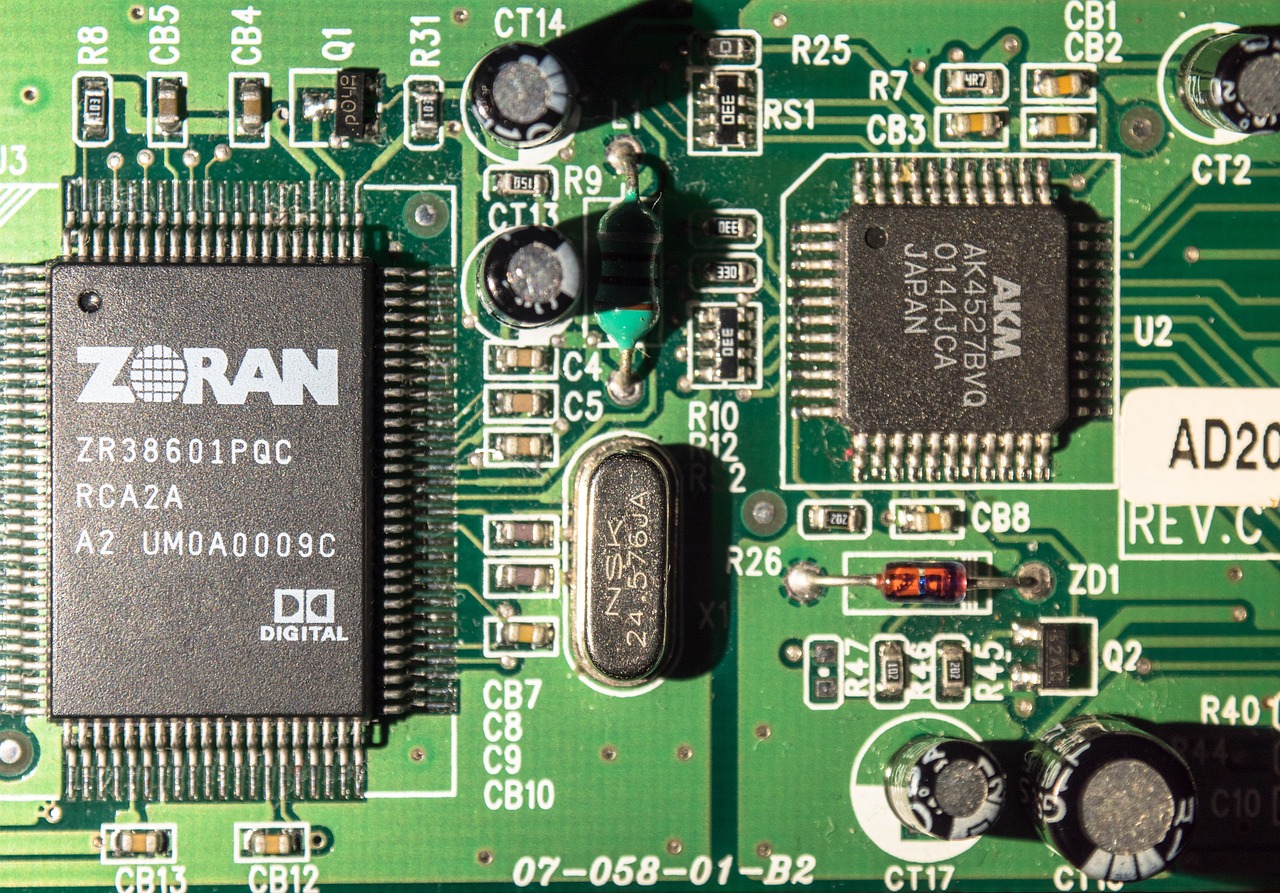System-on-Chip Technology: The Backbone of Modern Electronics

Structure on-Chip (SoC) development is an ever-evolving progress that has changed the equipment business by integrating all of the principal parts of a PC or electronic system into a lone chip. Essentially, a SoC solidifies processors, memory, input/yield interfaces, and oftentimes other central parts, for instance, outlines dealing with units (GPUs) and distant radios onto one negligible semiconductor, making it a basic design block for present day devices.
What is System on-Chip (SoC) Advancement?
A System on-Chip (SoC) is a completed electronic circuit planned to manage a wide collection of endeavors, from taking care of data and running applications to enabling correspondence and directing power. Ordinarily, SoCs are used in PDAs like mobile phones, tablets, and smartwatches, but they are moreover found in various devices like splendid TVs, IoT (Web of Things) contraptions, wearable development, and, shockingly, vehicle systems.
The key advantage of a SoC is its ability to consolidate a couple of parts, usually spread across various chips, into a lone, moderate unit. This compromise saves real space as well as decreases power use, cost, and extends the introduction of the contraption. For instance, a SoC used in a phone could include:
1 Central Dealing with Unit (micro processor): Handles generally valuable tasks and computational power.
2 Outlines Taking care of Unit (GPU): Manages conveying of plans and visual outcome.
3 Memory: sometimes, it consolidates embedded Crush or burst memory.
4 Accessibility modules: Integrates Wi-Fi, Bluetooth, or cell radios.
5 Various parts: Some SoCs similarly consolidate explicit abilities like electronic sign processors (DSP), cerebrum dealing with units (NPU) for reproduced knowledge endeavors, and power the board structures.
By consolidating these functionalities into one chip, SoCs make devices more humble, lighter, and more powerful.
Key Benefits of Structure on-Chip Advancement
1 Insignificant Size: The blend of different parts into a lone chip considers a more limited plan, making SoCs ideal for little, minimized devices like PDAs, wearables, and IoT contraptions.
2 Power Efficiency: By joining all major capacities in a solitary chip, SoCs can further develop power use, which is particularly huge for battery-worked contraptions. Diminished power use prompts longer battery span and better by and large execution.
3 Cost-Sufficiency: As SoCs kill the prerequisite for different chips and the interconnects between them, producers can diminish creation costs. This cost decline is productive for mass-market purchaser equipment.
4 Further developed Execution: SoCs offer high dealing with power by immovably organizing all parts, considering speedier data taking care of, better execution, and smoother client experiences, especially in PDAs.
5 Diminished Power Age: SoCs overall produce less force stood out from standard multi-chip systems, allowing them to be used in extra limited and encased plans without the bet of overheating.
Utilizations of SoC Development
1 Cells: SoCs are the center of cells and tablets. They handle all that from running the functioning structure to taking care of utilizations, playing accounts, and regardless, driving the camera system.
2 Wearables: Devices like smartwatches and wellbeing trackers rely upon SoC development to organize sensors, taking care of, and network into a little construction factor with insignificant power usage.
3 Vehicle Industry: Current vehicles use SoCs to control course structures, infotainment units, and even guide free driving developments.
4 IoT Devices: SoCs are at the focal point of clever home contraptions, as indoor controllers, reconnaissance cameras, and splendid speakers, enabling correspondence and useful movement with unimportant space necessities.
5 Gaming Control focus: SoCs are also utilized in gaming consoles and handheld contraptions, where they give the graphical and computational power expected for smooth gaming experiences.
The Destiny of System on-Chip Development
The destiny of SoC advancement looks empowering as creators continue to stretch the boundaries of joining. Headways, for instance, 5G organization, mimicked insight taking care of, and simulated intelligence capacities are being embedded into SoCs, making every one of the more exceptional and adaptable contraptions. As 5nm (nanometer) and 3nm communication center points become more transcendent, SoCs will end up being impressively more compelling, more unobtrusive, and faster.
Q & An on Structure on-Chip Development
Q1: How does a SoC shift from a standard multi-chip structure?
A1: A SoC integrates various parts — like the PC processor, GPU, memory, and organization modules — onto a lone chip, while a standard multi-chip system includes separate chips for each part. The crucial differentiation is that a SoC gives a more modest, power-capable, and sagacious plan by setting all fundamental capacities in a solitary spot.
Q2: why are SoCs huge for phones?
A2: SoCs are huge for phones since they coordinate different crucial capacities into a lone, little chip, allowing creators to diminish the size and weight of the contraption without compromising execution. This is especially huge in phones, where space is limited and power efficiency is crucial for long battery length.
Q3: What are the challenges of arranging a SoC?
A3: Arranging a SoC can be muddled in light of the need to consolidate grouped leaves behind different capacities (e.g., PC processor, GPU, and memory) into a singular chip. Additionally, progressing for power capability, restricting power age, and ensuring the introduction of each planned capacity can challenge.
Q4: How does a SoC add to the Trap of Things (IoT)?
A4: SoCs are perfect for IoT devices since they enable the mix of dealing with, organization, and power the board into a singular chip. This limited arrangement grants IoT devices, which as often as possible have extreme size and power necessities, to work capably while remaining sensible.
Q5: What is the occupation of computerized reasoning in future SoCs?
A5: Future SoCs will logically coordinate explicit man-made consciousness taking care of units (NPUs), enabling devices to perform complex tasks like steady picture affirmation, ordinary language taking care of, and choice creation without relying upon cloud servers. This joining will make contraptions more splendid, more responsive, and fit for dealing with mentioning reproduced knowledge occupations locally.
End
System on-Chip (SoC) development has transformed into the supporting of current contraptions by planning crucial parts into a lone, moderate chip. SoCs are used across an enormous number of adventures, from mobile phones to vehicle structures, giving benefits like energy capability, reduced size, and cost-reasonability. As advancement advances, SoCs will continue to create, driving progressions in districts like 5G, computerized reasoning, and the Snare of Things (IoT). The destiny of SoCs ensures extensively more imperative execution, more humble sizes, and every one of the more amazing contraptions that will shape the promising period of equipment.



